What we're all about
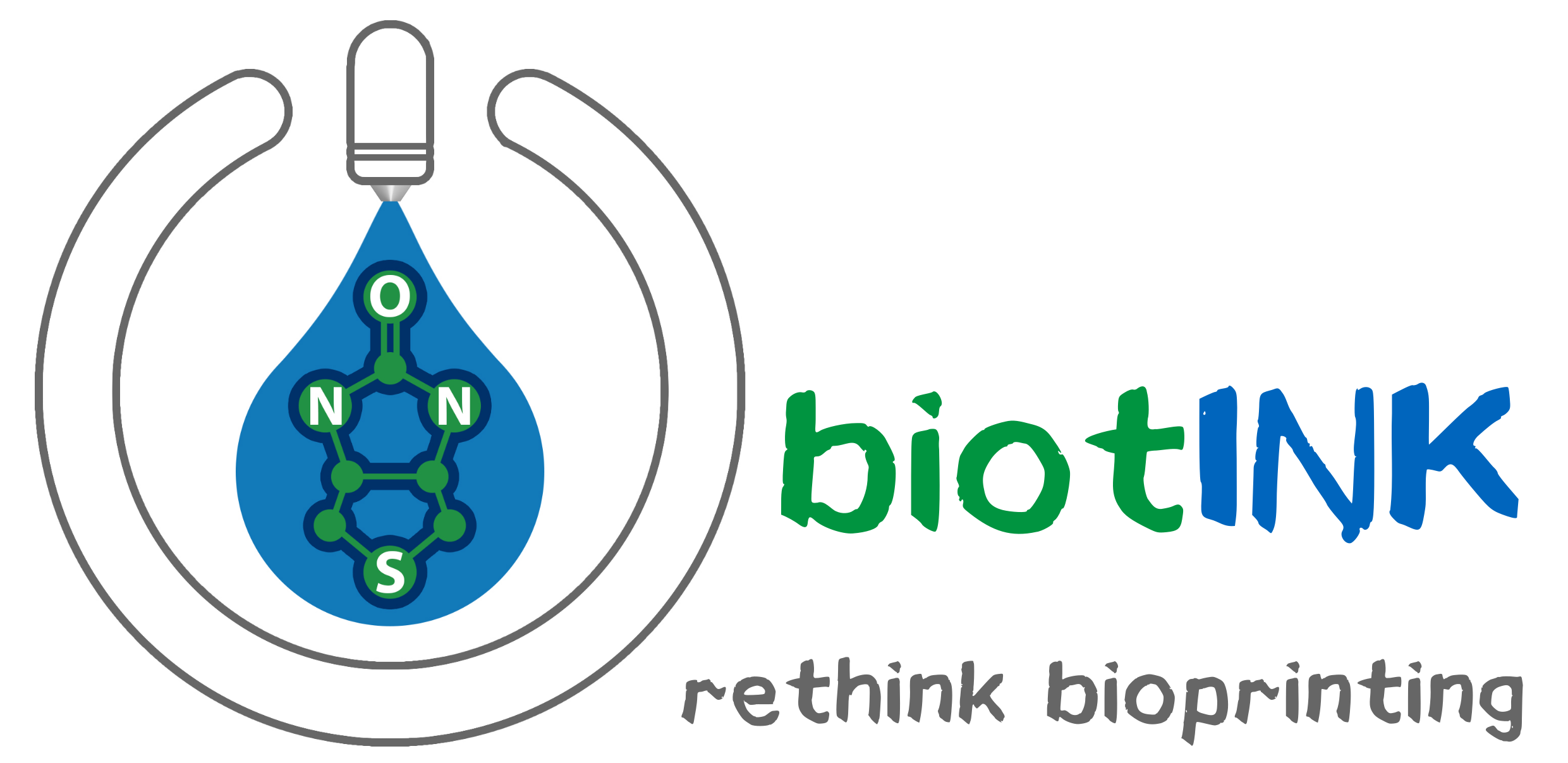
It is our goal to be able to print biological materials and even cells in a high precision manner for an affordable prize to assist scientist like us to hopefully allow for practicable 3D bioprinting for skin grafts and in the future maybe organs. As our team takes part in the iGEM competition and for this tries to modify cells in order to make them printable, we will be the first to test the device will be able to help us make bioprinting work.
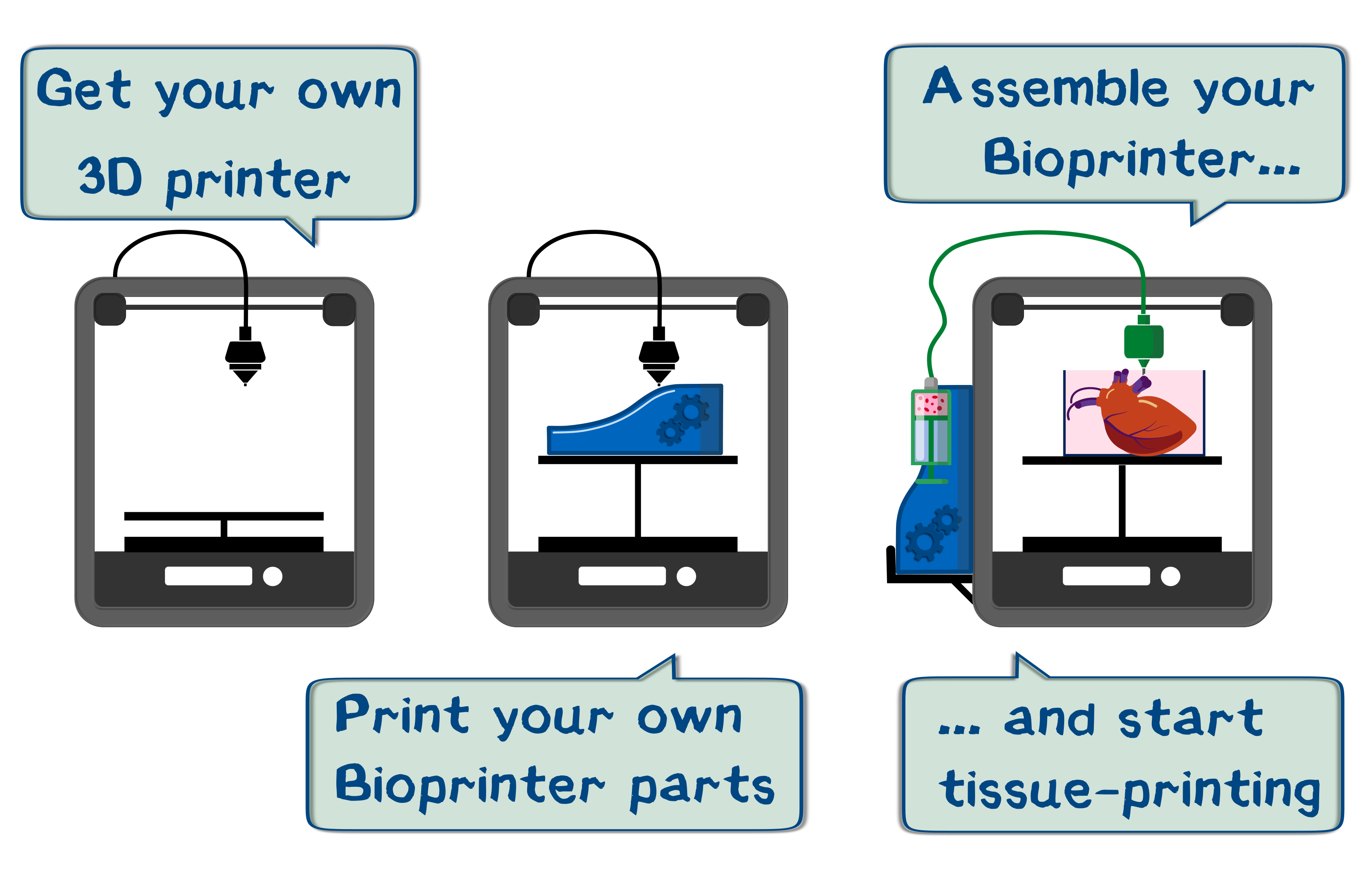
So therefore we developed a system that will allow us to make use of the already proven capabilities of the easily obtainable Ultimaker 2+ print platform.
Instead of having to aquire expensive building blocks the end user, e.g. researchers and doctors, will be able to cheaply print nearly all parts by himself except some simple metal parts and standard wires. Due to the minute effort required for the transformation from FDM printer to bioprinter our system can be utilized and fitted to its user's needs without extensive mechanical knowledge.
Why Bioprinting is an important future technology
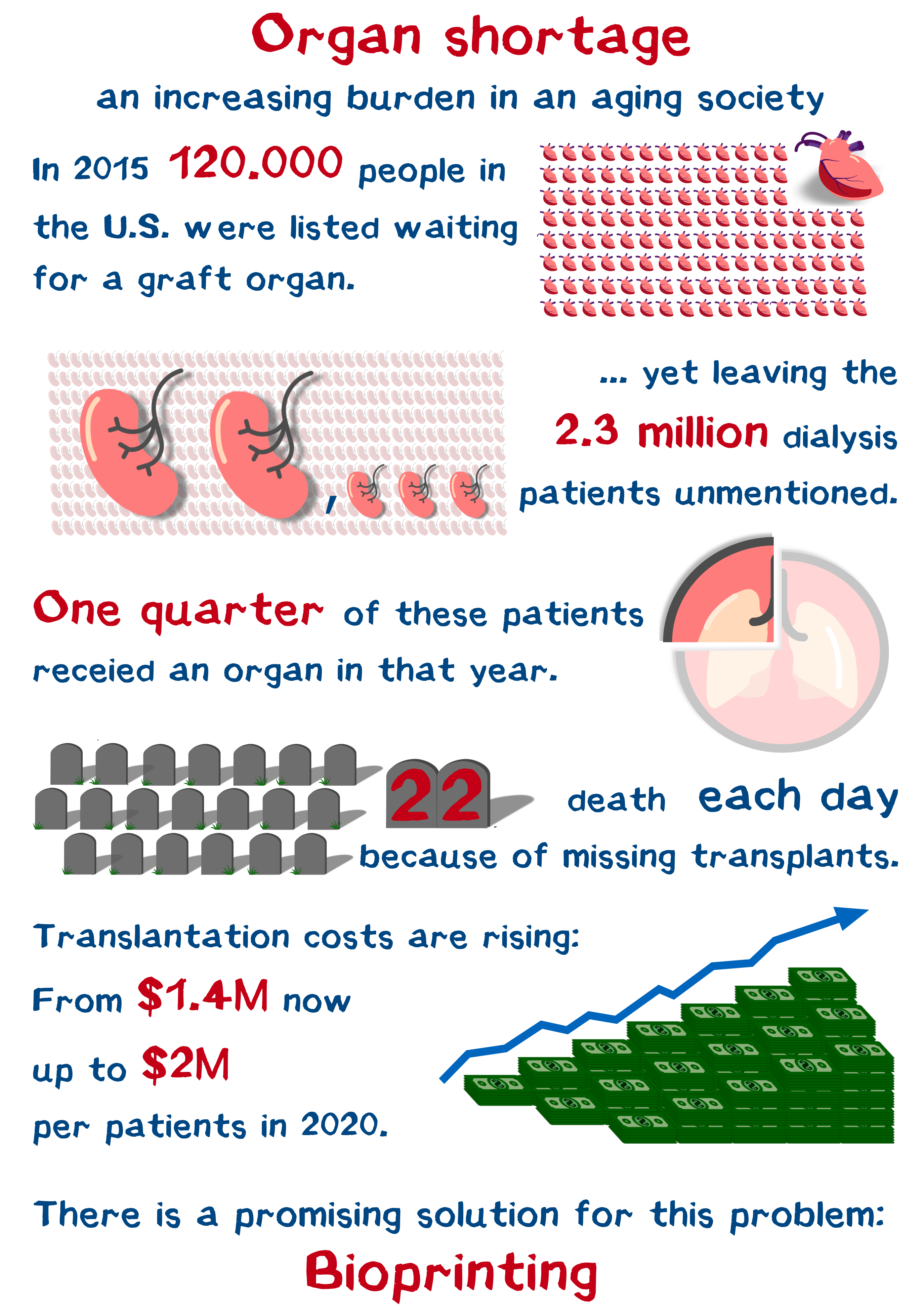 One of the major limitations in medical care is today the shortage of graft transplants.
One of the major limitations in medical care is today the shortage of graft transplants.
In 2015 there were 120.000 patients waiting for a graft organ and only 1/4 of these patients received a new organ in this time period.
Due to this shortage in organ supply, there are only in the U.S. 22 dying patients per day.
The supply and transplantation of organs also constitutes a major burden for health insurance funds and these costs per patient are rising, for example from actual $1.4M to $2.0M in 2020 for the transplantation of a liver lobe.
As there number of donor organs is not expected to rise, there must be another solution for the supply of organs for transplantation.
This is the point where Bioprinting comes into play:
This technology is exprected to produce different kinds of replacement organs in this century.
For this reason we are sure that the development of an affordable, open source Bioprinter will advance the research on this field and is thus a valuable contribution to the HACKADAY's category "ASSISTIVE TECHNOLOGY".
How it works
We utilize the already existing second extruder outlet on the device to power and control our self-designed syringe pump.
The pump connects via a capillary to our new print head with adapter for exchangable cannula.
As the machine has to handle liquids it is not only necessary to design a build plate adapter for various cell culture plates, tubes and jars but also to modify the firmware.
Due to the addition of containers we will add an optimized user interface for the slicing software as well as a collision avoidance script, which will correct the machine code for inaccessable areas.
For the purpose of quality control we are planning to add a array of RGB LEDs with a touch based user interface, which will allow for an improved optical control via a webcam and wavelenght-spcific image analysis. This will be especially for cell culture applications as in synthetic biology the use of special fluorescent dyes and protein makers is essential.
The syringe pump
Below, you see an exploded view of our syringe pump that holds a 3 ml syringe. Its purpose is to deliver a constant and precise volume flow according to the information it receives from the printer. A stepper motor rotates a threaded spindle to create a translation that pushes in the syringe’s plunger. The thereby displaced cells are pushed through a capillary to the print head. This was inspired by a simpler 3D printed syringe pump. Subsequently, several improvements were made, which include the following:
- Use of linear ball bearings and smooth rods to make the syringe carrier (5) move more smoothly
- Use of simple end stop switches (8) instead of hall sensors (that did not work in the previous syringe pump. These switches tell the syringe pump to stop the movement when the syringe carrier (5) reached the end and needs to stop.
- A bayonet catch was designed that holds the 3 ml syringe tightly...
 Julian Hofmann
Julian Hofmann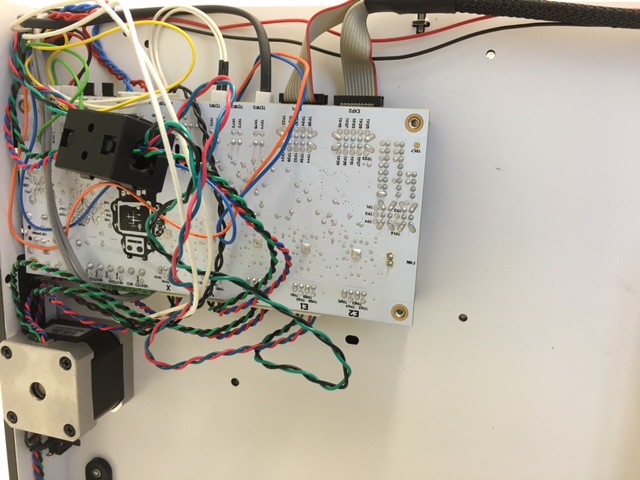
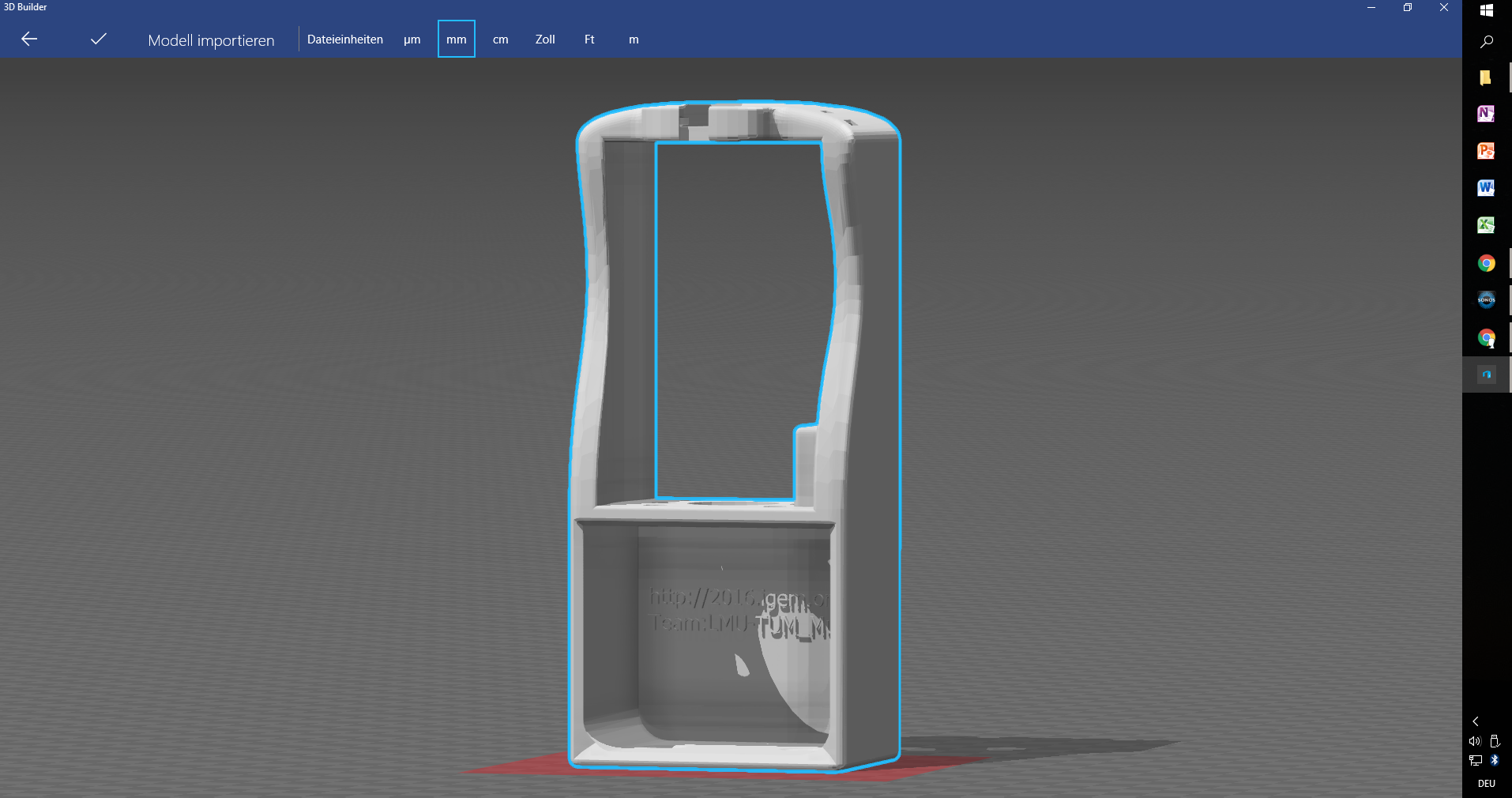
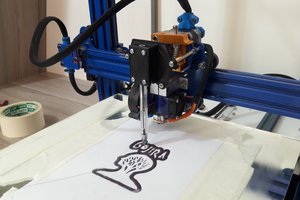
 setCREATE
setCREATE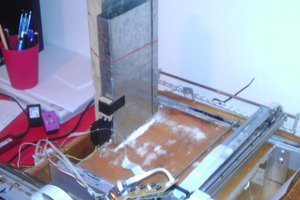
 JLAM
JLAM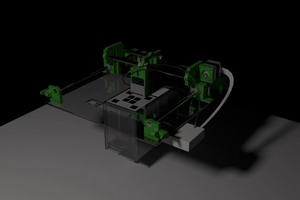
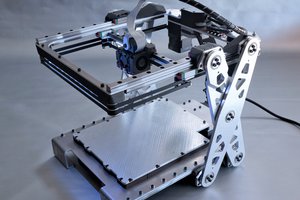
 Malte Schrader
Malte Schrader